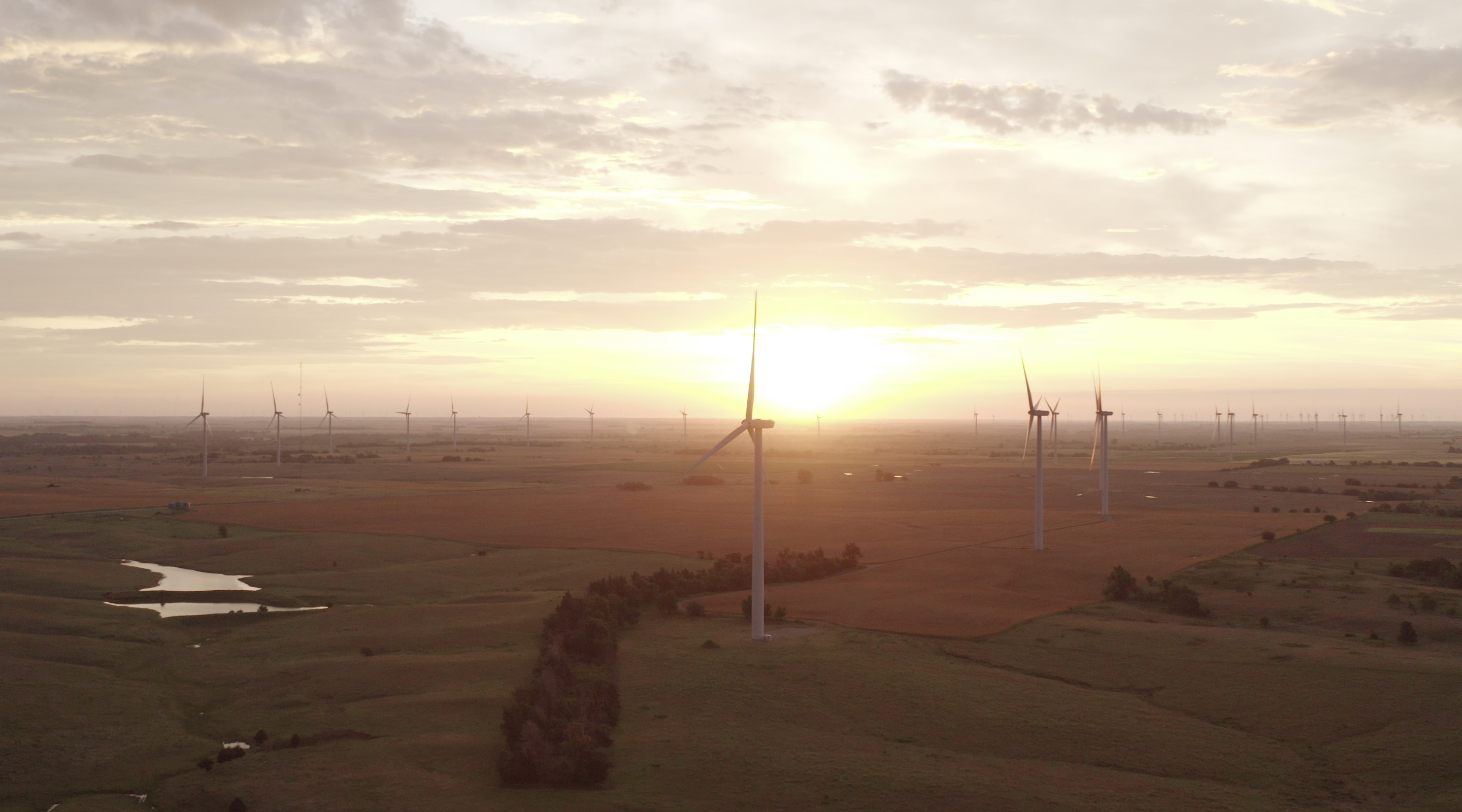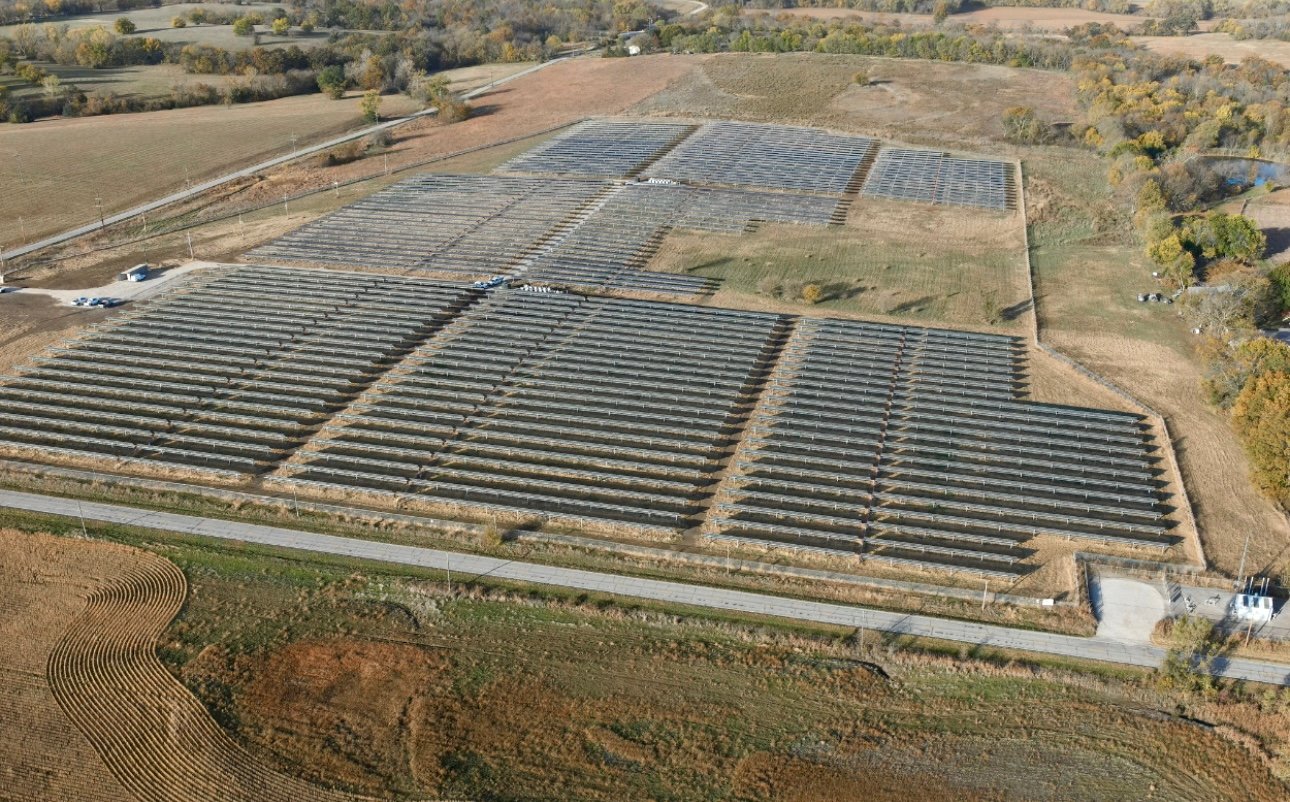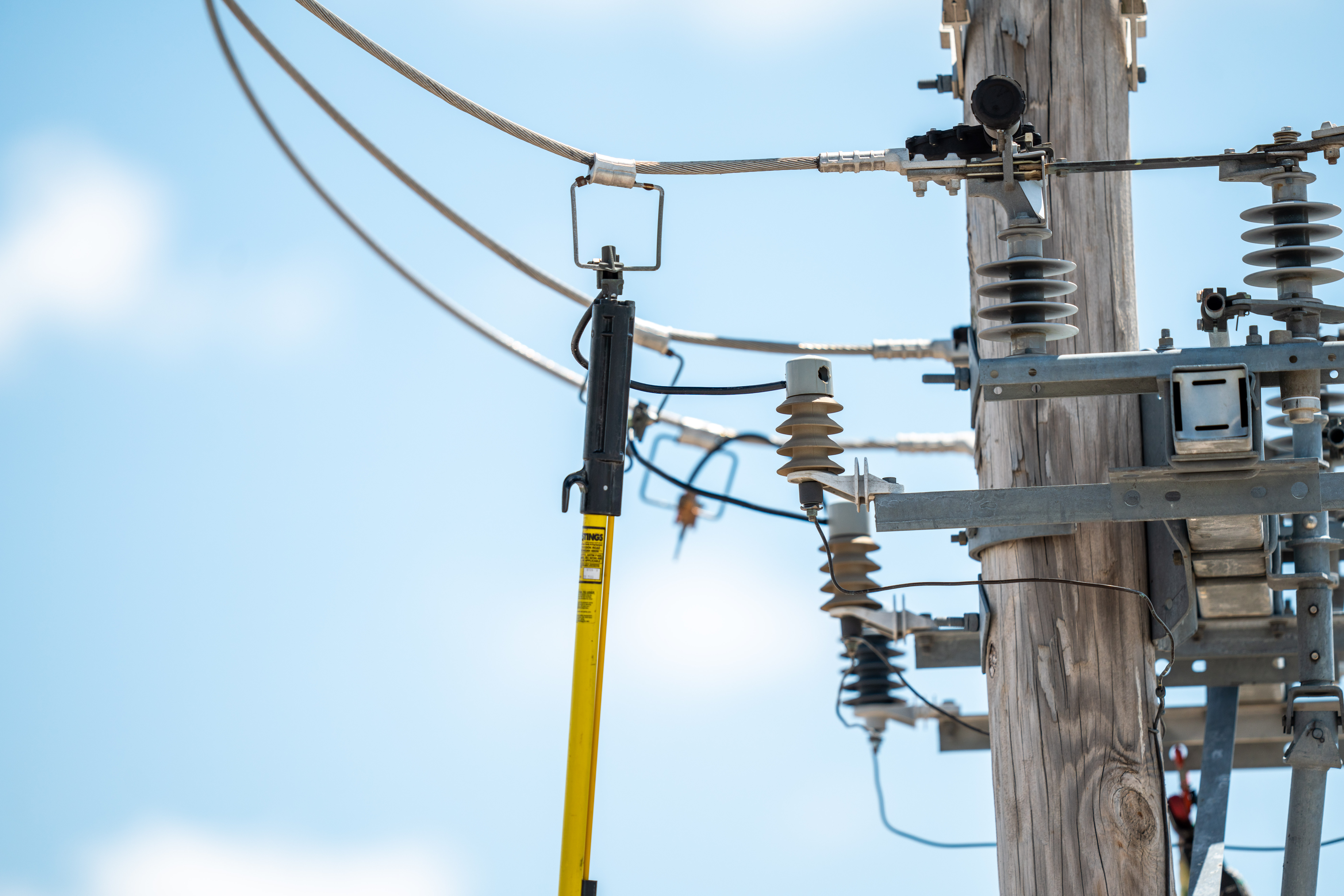Case Study: Osawatomie Solar Array
Evergy is committed to providing our customers with cost-effective, reliable renewable energy solutions to help build a more sustainable future....
3 min read
 Lindsay Freeman
:
May 17, 2023 11:49:54 AM
Lindsay Freeman
:
May 17, 2023 11:49:54 AM

The Inflation Reduction Act (IRA), signed into law in August 2022, is the next step in the Biden-Harris Administration's efforts to tackle climate change and promote clean energy. The act builds on the Bipartisan Infrastructure Law, also known as the Infrastructure Investment and Jobs Act, which was passed in November 2021. The IRA included a $370 billion investment in clean energy and has been called the “most significant action Congress has taken on clean energy and climate change in the nation's history.”
Overall, the Inflation Reduction Act aims to ensure America remains a global leader in clean energy. The IRA proposes a range of policy measures to reduce inflation and promote economic growth while also addressing climate change. Although the policy measures encompass several industries and objectives, their main impact on the energy and power sector is to increase the economic viability of clean energy projects and expedite project development, especially after a slowdown caused by the pandemic.
The act encompasses a range of initiatives spanning many sectors, including energy, manufacturing, environment and water, transportation, vehicle manufacturing and agriculture. Some measures include tax incentives for clean
energy investments, funding for scientific research and investments in infrastructure projects to create job opportunities and stimulate economic growth. Additionally, the IRA has policies that go beyond energy and manufacturing, aimed at a wider effort to decrease greenhouse gas emissions. These policies include tax
incentives for electric vehicles and regulations that limit carbon emissions from power plants and other sources.
Overall, the Inflation Reduction Act will generate numerous opportunities for the energy industry, and it will have a positive impact on energy managers, including private companies and public organizations such as co-ops and utilities. Here's a quick overview of several key impacts of the Inflation Reduction Act on energy management.
The IRA is expected to enhance grid reliability by promoting the development of distributed solar projects nationwide. Some incentives included in the act for wind and solar projects are available only for projects up to 5 megawatts, encouraging more distributed solar rather than large centralized projects. The approach helps avoid the potential for widespread power outages when a single centralized power plant experiences problems. Instead, scattering renewable projects across the country can help ensure that power is more reliably available to consumers. By
promoting the development of distributed solar projects, the IRA aims to increase grid reliability and create a more resilient energy system that better withstands disruptions and provides more consistent power to consumers.
The IRA includes incentives to encourage developers to partner with domestic manufacturers on their energy projects, which is expected to boost the usage of American manufacturers. This could result in sourcing implications for the energy management sector, shifting their approach to development. The IRA’s support for domestic manufacturers can lead to the creation of new job opportunities and economic growth. This is especially beneficial for the manufacturing industry, which has been struggling with fierce competition from foreign producers.
The IRA is set to raise demand and interest in clean energy development due to its incentives, making new developments much more economically achievable. These incentives are already positively impacting clean energy project development, as many cities and developers are exploring how they can use available land for wind or solar development. Although the portal for claiming the incentives is still in progress, it's essential to begin preparations to take advantage of these opportunities since they are offered on a first-come, first-served basis.
At Evergy Energy Partners, we’re ready to guide you through the process and help you determine which incentives and bonuses you are eligible for under the IRA. With these incentives, we anticipate that the IRA will greatly increase demand and interest in clean energy development, so we recommend reaching out and having a conversation with us soon.
We’re conductors of possible. As the energy marketing division of investor-owned utility Evergy, we have a long-standing reputation for best-in-class energy management solutions. Evergy has provided reliable, affordable energy to consumers for more than 100 years, and for the past 20 years, our team has used that knowledge to advise municipalities, co-ops and other power providers on how to manage their energy safely, efficiently, and reliably.
By providing tailored solutions that meet the unique needs of each client, we can help you achieve your energy goals. Ready to see what’s possible? Our team is here to help you navigate the market. Get in touch today.

Evergy is committed to providing our customers with cost-effective, reliable renewable energy solutions to help build a more sustainable future....

People's Electric Cooperative (PEC), an electric cooperative serving rural areas in south-central Oklahoma, joined forces with Evergy Energy Partners...

The energy landscape of the United States is rapidly changing, driven by a focus on clean energy and the need for a more flexible and resilient grid....